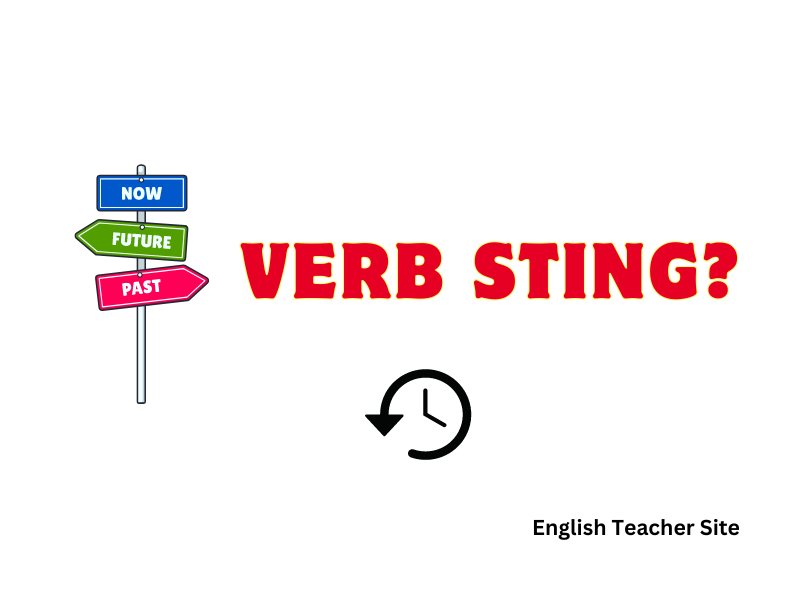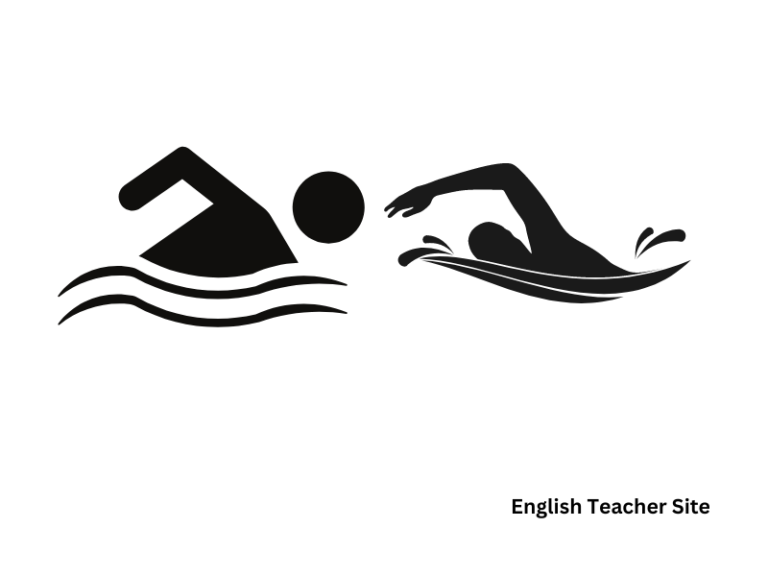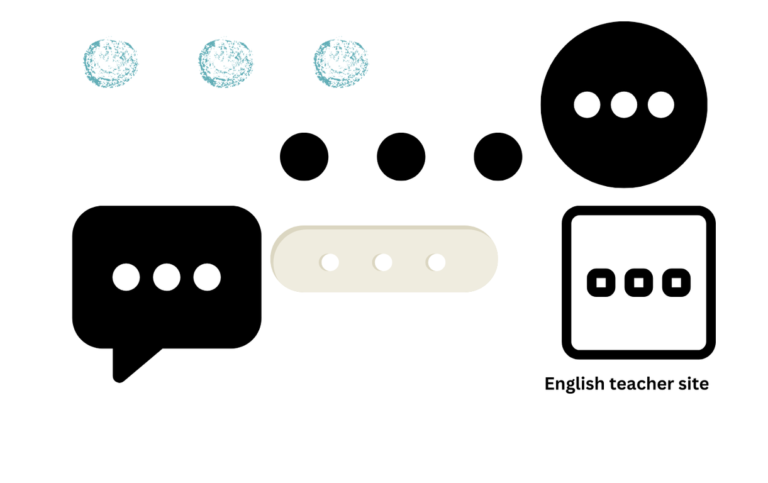What’s the Past Tense of the Verb Sting: Understanding Verb Conjugation

- The past tense of “sting” is “stung,” used for describing completed actions.
- Correct verb conjugation is key to accurate verb tense usage in English.
- Distinguishing between past tense and past participle is essential for grammatical precision.
The verb “sting” is an action word that means to cause a sharp, often burning, pain typically through the penetration of the skin by a stinger or similar sharp object. Knowing how to correctly use this verb in the past tense is crucial for accurate and grammatically correct communication.
What’s the Meaning of ‘Sting‘?
In the English language, ‘sting’ refers to the act of causing a sharp but usually temporary pain through a quick, penetrative impact. The term often describes the sensation one might experience from the bite or prickle of an insect, plant, or other sharp objects.
Different Forms of ‘Sting’:
| Tense | Form of ‘Sting’ |
|---|---|
| Present | sting |
| Present Participle | stinging |
| Simple Past | stung |
| Past Participle | stung |
‘Sting’ is classified as an irregular verb, which means it doesn’t follow the regular pattern of adding “-ed” to form its past tense and past participle.
Examples of ‘Sting’ in Sentences:
- After brushing against the nettles, their skin began to sting. (Present)
- She realized her eyes were stinging after cutting onions. (Present Participle)
- The jellyfish stung the swimmer, resulting in immediate pain. (Simple Past)
- They had already been stung by the bee by the time we noticed. (Past Participle)
The usage of ‘sting’ goes beyond its literal sense; it can also be used metaphorically. For example, one might say a revealing comment stung, thereby conveying that the words caused emotional discomfort akin to a physical sting.
Forms of Sting
Present Tense:
- Singular: He/She/It stings
- Plural: They sting
Past Tense:
The past tense of “to sting” is stung.
- Singular: He/She/It stung
- Plural: They stung
Here is a concise representation of the verb “to sting” in a present and past tense context:
| Person | Present Tense | Past Tense |
|---|---|---|
| I | sting | stung |
| You | sting | stung |
| He/She/It | stings | stung |
| We | sting | stung |
| You | sting | stung |
| They | sting | stung |
Participial Forms:
- Present Participle: stinging
- Past Participle: stung
In the following table, the participial forms are used to construct the present perfect tense:
| Person | Present Perfect Tense |
|---|---|
| I | have stung |
| You | have stung |
| He/She/It | has stung |
| We | have stung |
| You | have stung |
| They | have stung |
Past Tense vs. Past Participle of Sting: What’s the Difference?
Simple Past Tense of Sting
The simple past tense of “sting” is used to describe an action that has been completed in the past. For “sting,” the simple past tense is “stung.”
| Subject | Simple Past Tense |
|---|---|
| I | stung |
| You (singular/plural) | stung |
| He/She/It | stung |
| We | stung |
| They | stung |
Past Participle of Sting
The past participle is often used in combination with auxiliary verbs to form perfect tenses. “Stung” is both the simple past tense and the past participle form of “sting.”
| Auxiliary Verb | Past Participle |
|---|---|
| has/have (Present Perfect) | stung |
| had (Past Perfect) | stung |
- Examples:
- Present Perfect: She has stung her toe on the coral while swimming.
- Past Perfect: They had stung by nettles before they learned to identify them.
The Verb Sting in the Present Tense (in Context)
The present simple of “sting” is straightforward, following the pattern one expects with a regular verb:
- I sting
- You sting
- He/She/It stings
- We sting
- You sting
- They sting
Below are examples of how “sting” can be used in the present tense context:
| Subjects | With “sting” | Example Sentence |
|---|---|---|
| Singular | He/She/It stings | “The bee stings if it feels threatened.” |
| Plural | They sting | “Nettles sting if you brush against them.” |
In the present continuous tense, “sting” adopts an ‘-ing’ ending becoming “stinging,” indicating an action that is currently taking place:
- I am stinging
- You are stinging
- He/She/It is stinging
- We are stinging
- You are stinging
- They are stinging
Present continuous examples include:
- The jellyfish are stinging the swimmer.
- My eyes are stinging from the onion.
It is notable that when “sting” is used in a continuous tense, the subject of the action often experiences the sensation, which is implied to be unpleasant.
- “Sting” conveys pain or discomfort, often as a verb describing an action by insects or plants.
- In the present simple tense, “sting” conjugates like a regular verb.
- The third-person singular form adds an ‘s’ to become “stings.”
- In the present continuous tense, “sting” adds ‘-ing’ to express ongoing actions or sensations.
Examples of Stung in the Past Tense (in Sentences)
Simple Past Tense:
When expressing an action that was completed in the past, stung serves as the simple past tense:
| Subject | Sentence Example using “Stung” |
|---|---|
| Singular | She stung her finger on the thorn as she picked the rose. |
| Plural | They were stung by bees during the picnic. |
Past Participle Usage:
Stung is also used as the past participle when combined with an auxiliary verb to form the present perfect, past perfect, and other perfect tenses:
| Auxiliary Verb | Sentence Example using “Stung” (Past Participle) |
|---|---|
| Has/Have | He has stung his toe on the coral reef. |
| Had | They had never been stung by wasps before that day. |
- She stung her tongue with the spicy food.
- The cold air stung their cheeks as they stepped outside.
- He was stung into action by the critical comments.
Examples of the Past Participle ‘Stung’ (in Sentences)
As part of the Perfect Tenses:
- Present Perfect: The sentence “She has stung her finger on the rose’s thorn” uses “stung” as part of the present perfect tense.
- Past Perfect: In the sentence “By the time we arrived, she had already stung her finger,” “stung” is a component of the past perfect tense.
- Future Perfect: The sentence “By tomorrow, the bee will have stung multiple intruders” employs “stung” in the future perfect tense.
Adjectival Use:
- In “The stung area was swelling rapidly,” “stung” is an adjective describing the noun “area.”
| Tense | Example Sentence |
|---|---|
| Present Perfect | Jeremy has stung his hand while handling nettles. |
| Past Perfect | They realized they had been stung multiple times during the hike. |
| Future Perfect | By the end of the day, you will have been stung if you disturb the hive. |
- The doctors determined that she had been stung by a jellyfish.
- I have never been stung by a bee during my many years as a beekeeper.
Synonyms of Sting
Below are two tables showcasing synonyms of “sting” with a focus on both its literal and figurative applications.
Literal Synonyms of Sting
| Word | Usage |
|---|---|
| Prick | when a sharp object punctures the skin |
| Bite | often used for an insect attack, like a mosquito |
| Puncture | suggests making a small hole with a pointed object |
Figurative Synonyms of Sting
| Word | Usage |
|---|---|
| Hurt | implies causing emotional pain |
| Gouge | can suggest financial exploitation, a metaphorical sting |
| Defraud | indicating deception that results in financial or emotional loss |
In a literal sense, to sting often results in an immediate physical sensation:
- Prick: A rose thorn may prick your finger.
- Bite: You feel a mosquito bite during a hike.
- Puncture: A needle is used to puncture the skin for a medical test.
In a figurative setting, sting typically conveys a negative emotional impact:
- Hurt: The criticism she received hurt her deeply.
- Gouge: The unfair pricing at the tourist shop was a real gouge.
- Defraud: Investors felt defrauded after the scheme was revealed.
Idioms with Sting
The idiom “to sting someone into action” highlights a scenario where an individual is provoked or inspired to take action, often due to a remark or circumstance that has metaphorically ‘stung’ them. On the other hand, “feel the sting of something” conveys experiencing the painful effects or consequences of an event or action.
Below are two tables listing common idioms that include “sting” and their respective meanings:
| Idiom | Meaning |
|---|---|
| sting someone into action | To provoke or compel someone to act |
| feel the sting of something | To experience the negative consequences of an event |
Additionally, one might come across expressions such as “the sting in the tail”, which refers to an unexpected, and often unpleasant, end to a situation that seemed quite positive to begin with.
Origin of the Verb Sting
The English language is rich with words that have evolved over centuries, and the verb “sting” has its own unique history. Exploring the etymology of “sting” sheds light on how it came to be used in modern English.
Old English Roots
The verb “sting” descends from the Old English word “stingan,” which held a similar meaning to the current definition— to pierce or to prick causing pain. “Stingan” has Germanic origins, linking it to a family of languages that have influenced English throughout history.
| Century | Form |
|---|---|
| 9th | Stingan (OE) |
| 14th | Stingen (ME) |
Developments in Form
The transformation of the past tense form reveals changes in the phonetic landscape of English. The original strong verb form was “stang” (past tense) and “stungen” (past participle).
| Old Form | Modern Equivalent |
|---|---|
| Stang | Stung |
| Stungen | Stung |
Throughout the Middle English period, the past tense “stang” shifted to “stung,” aligning with the more regular past tense formation seen in modern English.
- Modern Usage
- Present: sting
- Past: stung
- Participle: stung
Sources
1. Harper, Douglas. “Etymology of sting.” Online Etymology Dictionary,
My name is Khamis Maiouf. I am the creator of the English Teacher Site, dedicated to providing valuable resources and insights for students around the world. With a passion for education and a commitment to helping students enhance their skills, I aim to make English teaching more effective and enjoyable for both educators and students.






